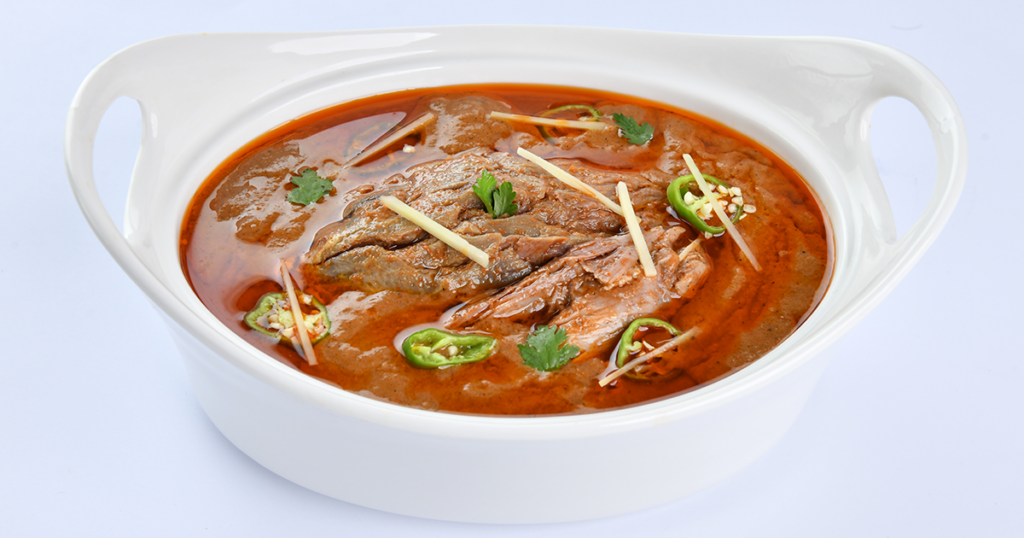movingstarvoices.org – Nihari is more than just a dish; it’s a culinary tradition that embodies the rich flavors and heritage of South Asian cuisine. Known for its slow-cooked process and deeply savory taste, Nihari has become a beloved meal across the Indian subcontinent and beyond. Let’s delve into the history, preparation, and cultural significance of this delectable stew.
The Origins of Nihari
Nihari traces its roots back to the Mughal era in the Indian subcontinent, where it was originally served as a breakfast dish for the royal household. The word “Nihari” is derived from the Arabic word “Nahar,” meaning “morning,” signifying its traditional consumption at the start of the day. Over time, it has evolved from a royal delicacy to a popular street food enjoyed by people from all walks of life.
Ingredients and Preparation
The key to Nihari’s unique flavor lies in its ingredients and the methodical slow-cooking process. The dish typically features meat, predominantly beef or lamb, cooked alongside bone marrow. The marrow not only adds richness but also infuses the stew with a deep, hearty flavor. Essential spices such as ginger, garlic, fennel seeds, and an array of aromatic spices like cardamom and cloves are used to enhance the taste profile.
The preparation of Nihari is an art in itself. Traditionally, the meat is cooked overnight on a low flame, allowing the flavors to meld together and the meat to become tender and succulent. This slow-cooking technique ensures that each bite is infused with the complex blend of spices and the essence of the marrow.
Culinary and Cultural Significance
Nihari is more than just a meal; it is a cultural experience. In many households, the preparation of Nihari is a communal activity, often involving family and friends. The dish is typically served with naan or paratha, allowing diners to soak up the rich, flavorful gravy.
In cities like Karachi, Lahore, and Delhi, Nihari is a staple at breakfast time, with bustling street vendors and restaurants offering their unique takes on this classic dish. Its popularity has also spread to other parts of the world, with expatriate communities introducing it to new audiences.
Conclusion
Nihari is a testament to the rich culinary traditions of South Asia, offering a taste experience that is both comforting and exotic. Its slow-cooked process, rich flavors, and cultural significance make it a dish worth savoring. Whether enjoyed as a hearty breakfast or a satisfying dinner, Nihari continues to captivate food lovers with its timeless appeal.
